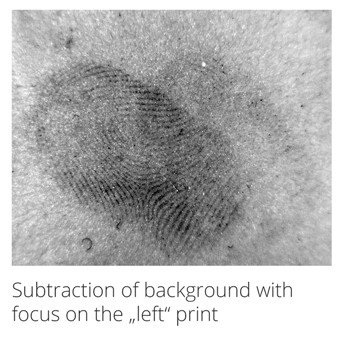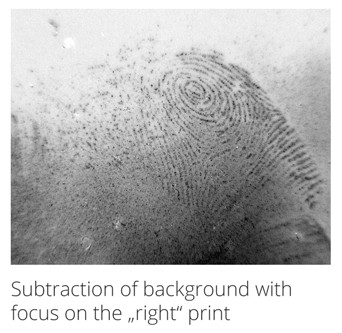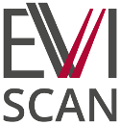Latent Prints on Heavy Used Devices Separated with EVISCAN

These days, smartphones are constant companions which serve us in all matters: whether it is the purchase of a bus ticket, the usage of social media, reading and writing emails, or the usage of another useful app which simplifies our daily life. Many prints can be found on those devices. Due to the frequent usage, they lie on top of each other with the effect that single traces are difficult to extract. Another challenge is securing latent prints on specular surfaces, such as the case with smartphones. Because the more the substrate reflects the surroundings and the light source, the more complicated gets photographing a fingerprint and the subsequent processing in AFIS.
Therefore, we asked ourselves whether EVISCAN can help in securing overlapping latent prints. To answer this question, we performed a series of tests with the smartphones of our team members. We placed several intentionally overlapping latent prints on the smartphones to combine various types of prints to generate a highly realistic situation. You can see the original image of the test series above.
The Result


Applying the camera technology of EVISCAN, based on infrared, we could record high-quality images of the latent prints. The increased image quality enabled us, in some cases, to isolate overlapping prints and preserve them separately. Deploying different image enhancement and evaporator techniques, overlapping latent prints were secured, defining some of them as the “fatty” and others as the “sweaty” ones. Even the specular surface posed no challenge in our series of tests. Background again is the IR technology of EVISCAN: latent prints can be secured and analyzed without disturbing reflections. You can see the amazing results of our test series in the processed images above. Discover more results from specular surfaces here or contact us for more information.



